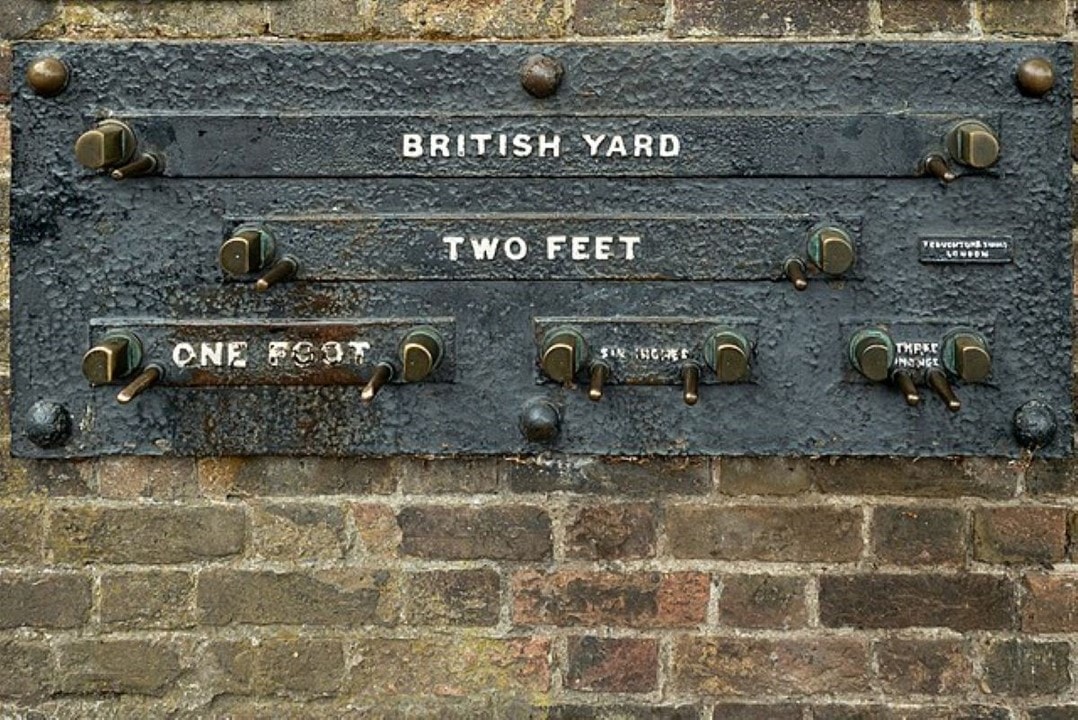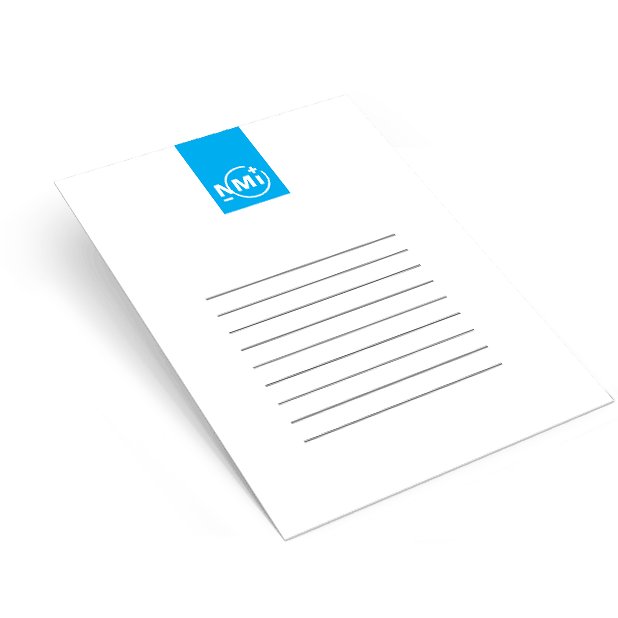
17 Aug The Return Of Imperial Measures: What You Need to Know
The Return Of Imperial Measures: What You Need to Know
17 August 2022
Delft, The Netherlands — 17 August 2022. The UK government has announced plans to reintroduce the imperial measurements system, but what happens now? How does the proposal become law? And what action will be required of OEMs and others if it does?
From the moment it was proposed, the return of imperial measures in the UK has attracted both praise and criticism. But what do we find if we cut through the noise? The policy is ultimately like any other, subject to a consultation and thorough impact assessment review to determine whether it represents a positive business case. Should it clear that hurdle, OEMs, instrumentation owners and end-users will need to prepare — if they haven’t already — to accommodate additional imperial measuring units. This will demand a significant amount of energy and resources. For better or worse, there will be far-reaching domestic and international implications.
What are the immediate next steps?
The danger of talking about the ‘reintroduction’ of imperial measures is that it ignores their longstanding use by the UK public for various applications: car fuel consumption commonly referred to in miles per gallon; a person’s height measured in feet; beer sold in pint glasses, new-born babies weighed in pounds and ounces. Despite the switch to the metric system in 1965, the obligation to use it was dropped in 2007, and many imperial measurements like those referenced above remain deeply embedded in British society. The government’s proposal arrives within this context, intending to standardise the more traditional imperial system.
The key word here, however, is ‘proposal’; there are still steps to take before the policy idea is enacted into law. That process is rigorous and requires clear evidence that the benefits of reintroducing imperial measures outweigh the cost, following an in-depth consultation, initial views, and an impact assessment. Historical precedent would dictate that it could be two years before the policy comes into effect, but should it be approved, the focus shifts to measuring instrument manufacturers, users, and consumers to transition to this new system.
How does this transition look?
For most weighing devices, the change in legislation would require updates to their software and measurement visual displays/other measurement result outputs to include imperial units. Electronic scales already display a variety of weights (like grams and kilograms), so the addition of new units is achievable. Indeed, most instruments would be affected, with some notable exceptions: electricity meters, for example, are globally accepted to measure kilowatt-hours. Equipment which does not allow for software updates due to a lack of hardware support will require replacement, unless transitional arrangements are implemented, at a cost to the equipment owner.
It’s crucial that changing the way measuring unit results are displayed does not impact instrument accuracy. This is where the responsibility falls to independent notified bodies and/or UKCA approved bodies, both operated by NMi, to submit instruments to meticulous testing, ensuring compliance with the appropriate legislation.
This verification process is essential to guarantee products are market ready. Yet this is only possible if standards and certification are updated to include imperial measures. As a result, adapting to the new policy is not the work of manufacturers alone; it also requires regulatory groundwork. Only then can instruments using imperial measures be deemed suitable to use.
While British technical standards will come under review, there is also the question of how international legislation will undergo modification; though the policy is UK-specific, its implications extend to Europe and beyond. For example, European businesses seeking UK market access will need to ensure instruments display both imperial and SI units, similar to complying with UKCA requirements.
In addition to the potential associated costs of reintroducing imperial measuring units, the robust response to the policy from manufacturers also derives from the business risk of having a differentiated system to the EU. If European manufacturers need to build a UK-only production line, for example, it might present a disincentive to supplying into the UK as additional operational complexity and cost may erode the business case. This could leave consumers with less product choice. It will be important, therefore, that switching to imperial measures does not prove an obstacle to manufacturers hoping to enter the UK market.
It would also be essential that reintroduction of imperial measuring units does not confuse consumers or lead to an increased risk of inappropriate gaming and/or exploitation of consumers. It is likely that this will be a key aspect of the detailed impact assessment that is intended to be implemented.
Conclusion
The final groups that will need to adjust to the imperial system are, of course, asset managers and end-users. With the metric system firmly established for a variety of applications, it may take time for consumers to familiarise themselves with the new units. But before that can happen, the policy will need to make it through its extensive review process, and both OEMs and legislative bodies will be expected to take swift action to make the transition to imperial measures as seamless as possible. Irrespective of the complexity or cost of this undertaking, NMi stands ready as a notified body, and UKCA Approved Body to support customers should the new system come into force.
Contact us to learn more.




